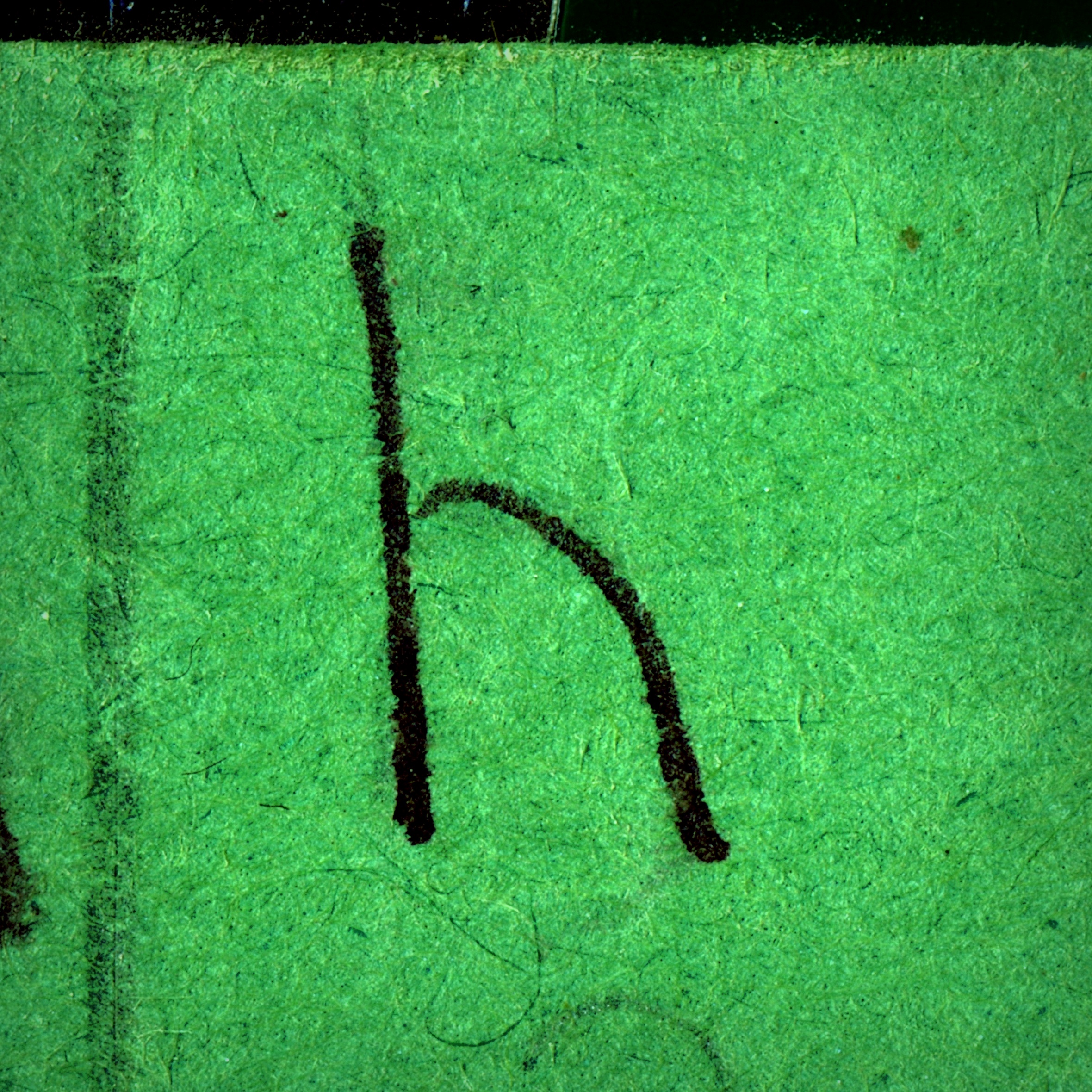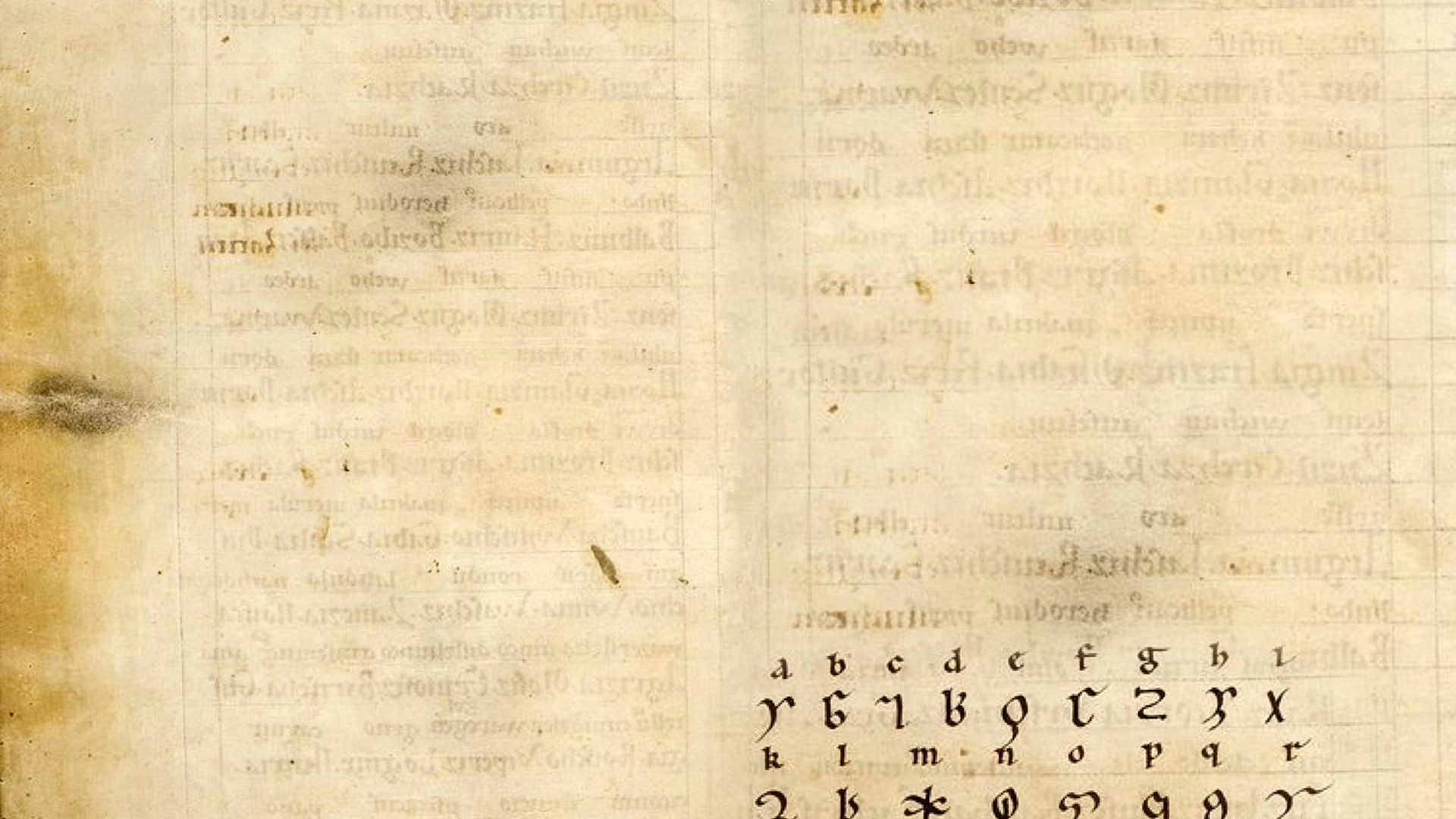 Originally the letter C made a hard sound in Old English, like a K, but because everything is temporary, over time C developed a second sound depending upon its immediate neighbors: CH (represented as tʃ by the International Phonetic Alphabet). One’s immediate neighbors can really change a vibe. In Old English C most often sounds like a K, velar region of the mouth. It moves to the front of the mouth (dental and front palate region) to make the CH sound mostly when it lives next door to a long I or long E, or a diphthong starting with these letters.
Originally the letter C made a hard sound in Old English, like a K, but because everything is temporary, over time C developed a second sound depending upon its immediate neighbors: CH (represented as tʃ by the International Phonetic Alphabet). One’s immediate neighbors can really change a vibe. In Old English C most often sounds like a K, velar region of the mouth. It moves to the front of the mouth (dental and front palate region) to make the CH sound mostly when it lives next door to a long I or long E, or a diphthong starting with these letters.
Cen is usually pronounced as cheen, or /t͡ʃeːn/ in IPA, but may also be pronounced as keen, K sound. We don’t really know what Old English sounds like. The E in Cen is a long E, so this would suggest a CH sound, except if this were a Y, and E was … More
 Things can get pretty dark sometimes. I get it. The gloom comes in and anything shining or warm, the bright things, go dim. All the luster to anything recedes. Be at ease, there’s a fire inside and the light will come back. It always does. Turn around and look. Don’t you see? All these shadows are made by light at rest upon your body.
Things can get pretty dark sometimes. I get it. The gloom comes in and anything shining or warm, the bright things, go dim. All the luster to anything recedes. Be at ease, there’s a fire inside and the light will come back. It always does. Turn around and look. Don’t you see? All these shadows are made by light at rest upon your body.

 Originally the letter C made a hard sound in Old English, like a K, but because
Originally the letter C made a hard sound in Old English, like a K, but because 
